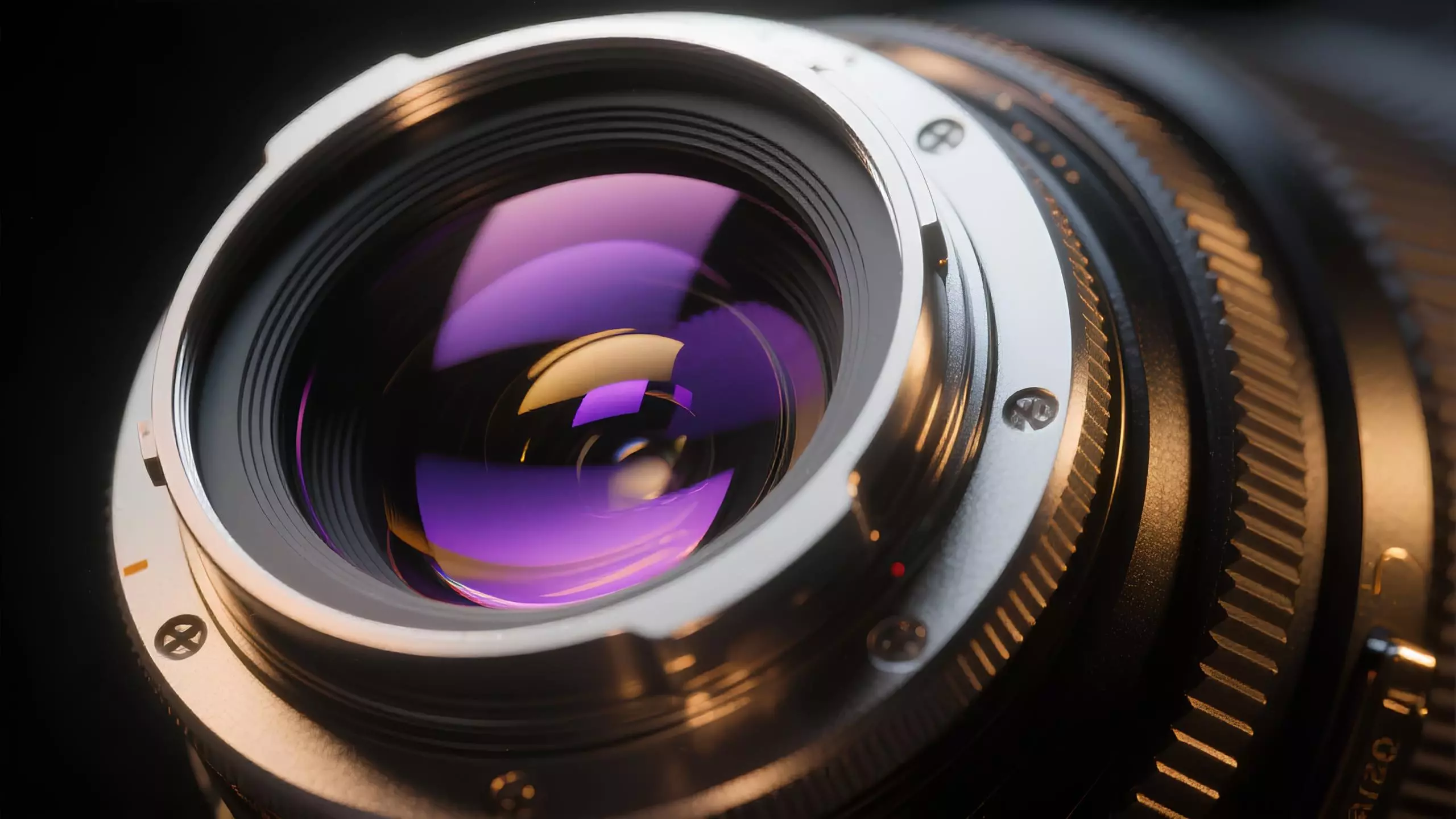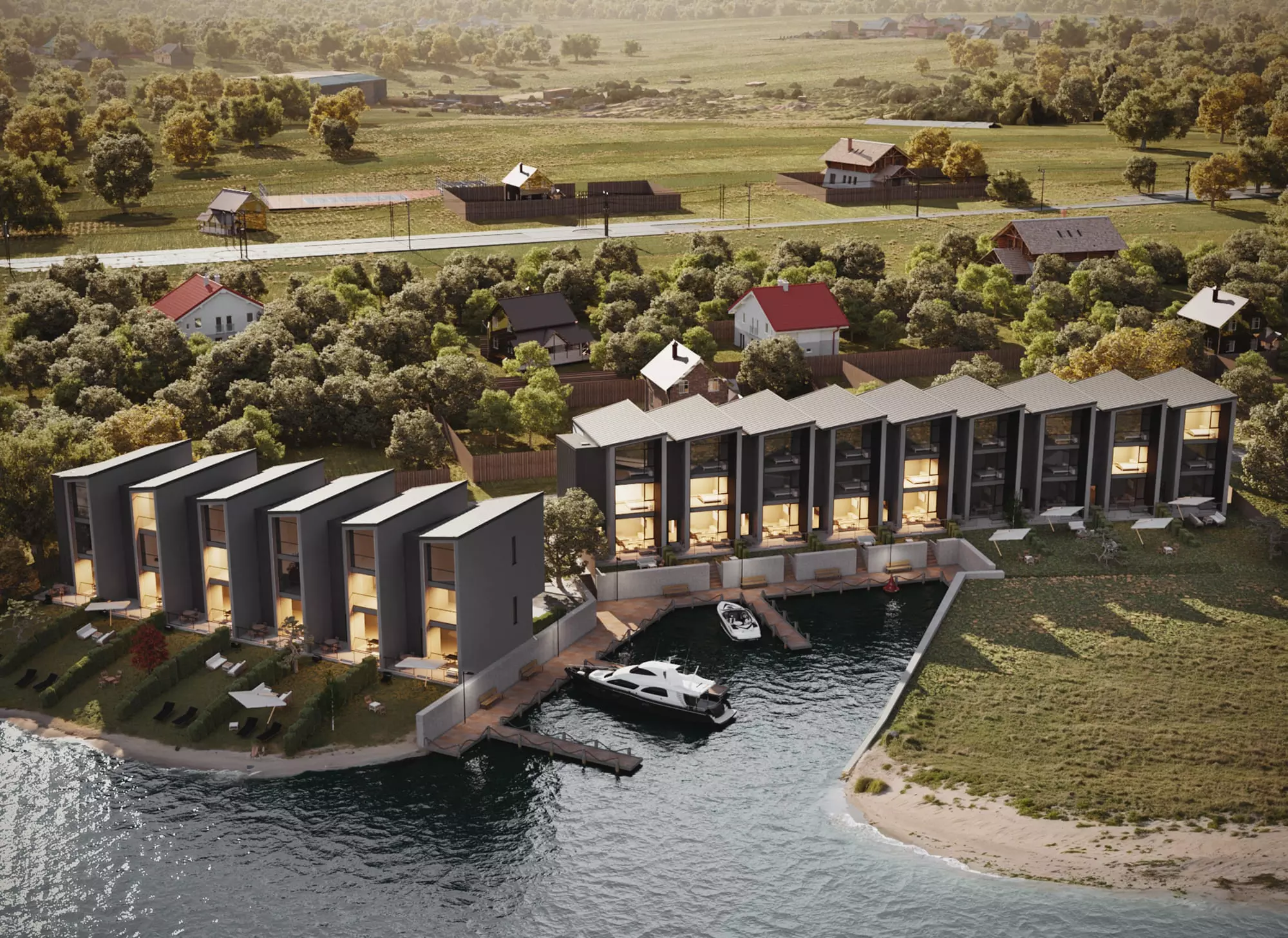Today, 3D virtual tours have entirely changed the real estate sector. They have completely transformed how prospective buyers see and experience such properties. It is, therefore, hard to ignore the place of a virtual tour 3D rendering as an essential tool in marketing real estate due to its immersive nature and interactivity.
What is a 3D virtual tour, and why are they important?
A 3D virtual tour created with the help of a specialized software is a virtual replica of a physical space that allows users to explore it online via walk-throughs. These tours are capable of giving you an impression of being inside any room by using high-resolution photos taken from all possible angles.
The significance of a 3D house rendering virtual tour within the property industry cannot be overstated. In other words, potential buyers can look at everything without visiting countless buildings or wasting time on this kind of search. Besides, they make your listing more eye-catching for people who might be interested in buying it, as well as making their purchase process less time-consuming.
Five useful features of 3D real estate tours
Pop-up information windows
Integration with pop-up information windows is among some key characteristics present in a 3D virtual tour visualization. The latter improve viewing experience through providing thorough details about specific parts found within this area. For example, after clicking on a kitchen appliance, there might appear a pop-up window containing data concerning brand name, model and available functions (of course, you can still combine it with printed materials if you need more visual things).
Moreover, highlighted through these information boxes can be unique characteristics like environmental friendly installations or distinctive finishes as well as relevant historical background about that location which changes simple walkthroughs into informative expeditions for would-be purchasers.
Special viewing functions
Special viewing functions improve accessibility and interaction within 3D virtual tours hence making them more user-friendly (if you choose the right tech stack, you won’t face any problems). Some of them include such options as the “dollhouse” view, which is a kind of miniature 3D model of the premises from above that helps see the entire layout.
Another option is the so-called ‘floor plan’ view that shows plans (not to scale) for all properties and allows viewers to check how rooms are connected.
Another special viewing function called highlight reels takes a viewer through an assigned path displaying only the most attractive spots in a property. These features make it possible for as many users as possible to enjoy virtual tours by providing them with assorted alternative products.
VR compatibility
Virtual Reality (VR) compatibility is a game-changer in the universe of real estate visualizations 3D. With VR headsets, potential buyers can take part in virtual situations inside this environment just like they would do physically. By doing this, it’s easier for one to fall in love with a house since he or she starts envisioning themselves there.
On top of this, VR compatibility proves beneficial especially where luxury houses are concerned or when dealing with clients living beyond borders who might not manage to visit you anytime soon. Additionally, it may be used as part of the technological approach employed for selling such properties enhancing overall marketing strategy while targeting such customers who value high-quality videos.

Design customization
Customizing the design is a powerful feature that enables prospective buyers to personalize an online property. This aspect allows users to experiment with various designs like wall color changes, flooring and changing of furniture arrangement. This gives potential buyers more chances to visualize how the property can be customized according to their preferences and needs.
Alternatively, they may quickly stage the house in different styles through design customization. In this way, the property becomes versatile and appealing on its own.
Real environment integration
Integrating real environment elements into 3D visualization architecture boosts their realism and overall appeal. Some features such as realistic lighting conditions that change based on time of day, interactive outdoor views, or augmented reality components that superimpose real world data with virtual tours can make them much more comprehensive as well as immersive.
For example, including weather information or local neighborhood details can provide context for would-be buyers. In addition to that, these details enhance interactivity of the 3d virtual reality tour making it more informative to prospective purchasers who are able to make sober judgements.
Conclusion: elevate your real estate listings with 3D virtual tours
As you can see, there are lots of advantages of using three-dimensional virtual tours, which have the capacity to revolutionize marketing and viewing properties. Such tours include furnishing precise information and special viewing functions, among others, such as VR compatibility or design customization options, thus improving buyer experience and adding luster to real estate ads. They offer a higher level of immersion by incorporating authentic environmental characteristics.
To elevate your real estate marketing strategy consider investing in 3D virtual tours today! Order our 3D architect visualization services: this will bring you closer to potential customers.









